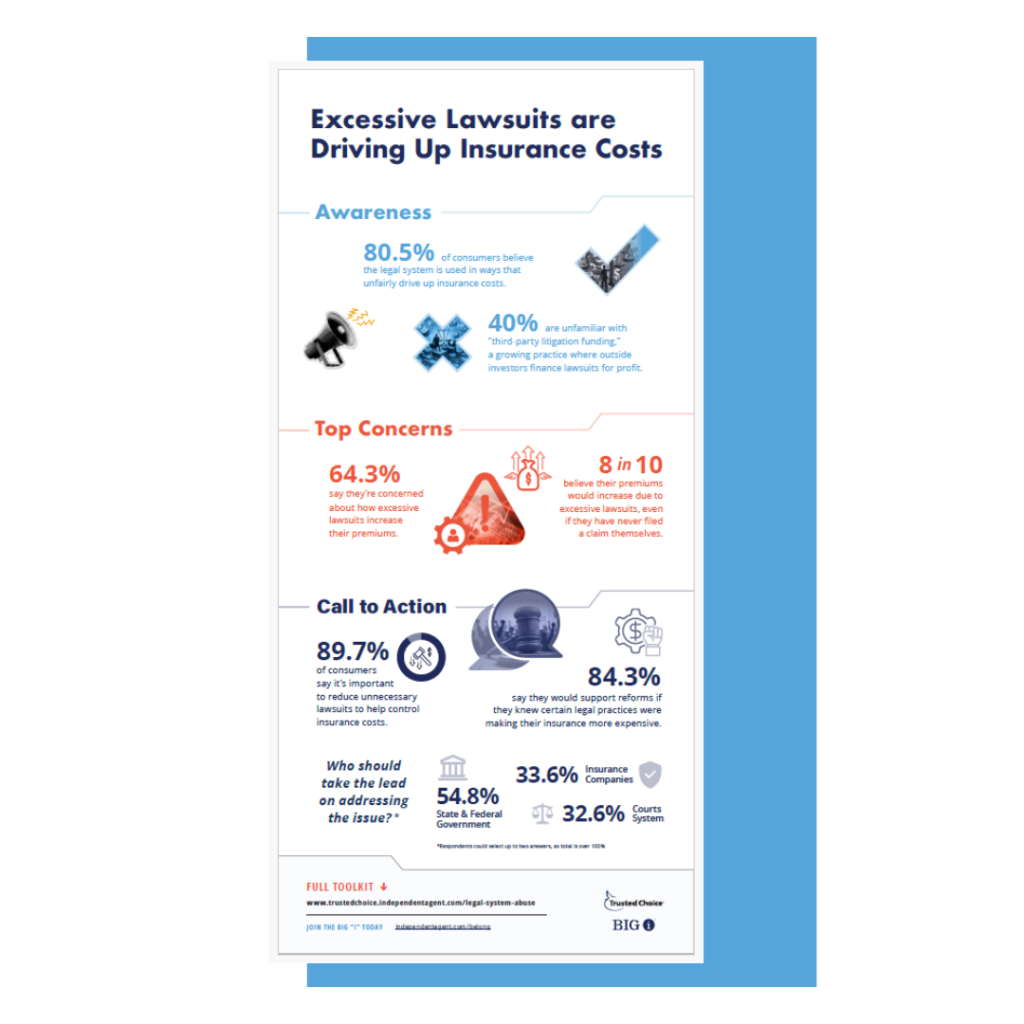3 Sales Measurements Every Agent Must Understand
If it’s not measured, it can’t be managed. Every agent and agency must be able to measure specific sales ratios to effectively plan for the future. Two commonly measured ratios are retention ratio and closing ratio; but a new metric not often discussed is the “effective production time.”
Author: Chris Boggs My mom used to say, “Nothing happens until someone sells something.” OK, so maybe she didn’t originate the phrase, but that does not negate its truth. If you are an agent, you must sell – something. Hopefully you offer knowledge and sell protection, but that’s not the focus of this article. Three ratios and measures every agency and agent must understand and know how to calculate are:
Although these may not be the only sales ratios detailed in any sales seminar, these may be the most important for insurance agents. Each ratio provides important detail about the reality of the agent’s or agency’s operations and effectiveness. The last, effective production time, may even be a new ratio previously unheard of by many agents. Let’s briefly discuss each of these ratios and measurements. Retention Ratio While defining and understanding the concept of “retention ratio” is easy, measuring it is more complicated. Obviously, retention ratio measures the agency’s effectiveness at keeping clients – it’s intended to measure and compare the ratio of clients still on the books at the end of the measurement period compared to the clients on the books at the beginning of the measurement period. Here is the key question: What is the best way to measure retention? Should the agency use a dollar method or a count method? Dollar methods involve comparing beginning and ending premiums or commissions. Count methods compare the number of policies or the number of clients. Following are simplified examples: Dollar Methods:
Count Methods:
If all four calculations are made, four different retention ratios will result. Premiums and commissions aren’t directly proportional. Commission rates vary by product and carrier thus the ratios presented by measuring each will not be the same. Further, using a dollar method may give you an artificially high or artificially low number based on market conditions. How could a dollar method develop artificially high or low numbers? Consider the possibility that the agency renews every account during the year (an incredible year). If the premiums and/or commissions go up, the retention rate could be higher than 100 percent. It’s impossible to renew more than you had. Likewise, if the premiums go down (another soft market or some other market condition), the retention ratio would be lower than 100 percent. Just as premiums and commissions are not directly proportional, neither are the number of clients and the number of policies ratios necessarily related. There are situations where two policies are packaged into one policy; or you lose one of the client’s policies but retain the client for the remainder of their business. Ultimately, the agency must measure all four, but the calculation that most closely indicates the agency’s true retention ratio is the “number of clients retained” calculation method. This indicates how good the agency is at keeping clients rather than how they are affected by market (pricing and availability) conditions or new policy options. I’m sure some are asking, “Why do all four need to be measured? This seems to be a lot of trouble.” Well, it’s not much trouble because you have to know who the clients were at the beginning of the period (so you have the number of clients) and you have to know what policies are written (giving you the number of policy counts) and you will certainly have the premiums and commissions for each of these clients (allowing the agency to have the necessary information for the dollar calculations). All the information is available, use them to make all four calculations. Another reason all calculations are needed is that the agency needs to know the average premium per client, the average commission per client and the policy penetration per client. Average premium and average commission per client are needed to allow the agency to calculate how many new clients must be added to make its goals. And the policy penetration per client is needed to allow the agency to define what it means by rounding an account. (Side note: This article does not focus on the rounding of accounts, but every agency must decide what it means by “rounding an account.” Does it mean simply adding another policy, or does it mean controlling a certain percentage of every clients’ insurance spend, or does it mean having at least three policies for each client? There is no one meaning, but the agency has to decide for itself what it means by rounding an account.) Average premium per account allows the agency to effectively plan for meeting its carrier’s goals. And since the agency can’t spend premiums, unless they are looking for a job in the prison laundry, it must know the average commission per account to make effective plans to meet its growth goals. Average commission per account is also a key figure to which Effective Production Time is applied. More on that later. Closing Ratio Few if any agency ratio has more possible calculations than closing ratio. And the pessimistic phrase, “Figures don’t lie and liars figure,” may have been birthed by this ratio (OK, maybe this is hyperbole). How many different ways might an agent (or agency) calculate a closing ratio? When the agent/agency wants to look good, they use: Number of Policies Bound / Number of Quotes Presented. This generates an artificially high closing ratio because it discounts or ignores what it took to get to the proposal state. Let’s shortcut this discussion and present the true closing ratio calculation:
When the closing ratio is calculated utilizing these factors, the agent or agency effectively accounts for the time necessary to get to the proposal states and the opportunities lost due to the lack of a market, a poor business relationship or any of the other factors that kept the sale from occurring. In short, this calculation most accurately details what percentage of qualified leads an agency can expect to become clients in any given year. The closing ratio, like the average commission per account developed when calculating the various retention ratios, is a key factor in understanding Effective Production Time discussed next. Effective Production Time (A New Ratio for Agencies) Google the concept of “Effective Production Time” and you likely won’t find it used in relation to insurance. It is almost always applied to manufacturing operations. However, effective production time is key to agency success. Effective production time is the true measure of how much available time any producer spends actually adding new customers to the agency’s book of business. It’s the reality of the agency’s sells efforts – and it isn’t as pretty a number as many agents think it might be. The key factors required to develop effective production time include:
Once the actual Effective Production Time is known, the agency must make a decision regarding the type of business it wants to pursue – and this directly affects the future of the average per-client commission. Let’s develop the Effective Production Time:
Following is this calculation in more mathematical terms:
Effective Production Time increases or decreases based on the reality of available work hours, time spent on other duties and the true closing ratio. Once the Effective Production Time is known, the agency must make a business decision regarding the type of business it wants to pursue. Consider this, if a producer’s new business goal is $30,000 in new business commissions during the coming year and (s)he has only 180 effective hours to make that goal, new business written must generate about $167 per hour. What does this mean? Effectively, this means the agent must pick and choose what business he or she is going to invest time in writing. A $1,000 homeowner policy paying $150 in commission must be completed in less than an hour to ultimately be profitable for the producer. And the sad fact is, to PROPERLY write a homeowners’ policy will require more than an hour – maybe closer two or three. Why would a HO policy take so long? Well, the basic underwriting data must be gathered, the information must be put in the system, the agent must discuss all the insured’s exposures, an inspection should be done, the quotes must be gotten and compared (unless all companies provide the exact same coverages and options), the quote must be presented, and the policy must be bound. Again, to write a HO policy correctly requires more than 54 minutes (the break even point). And remember, this is only IF you write the account. But consider a different situation where it’s a package policy with a $1,000 HO, $2,500 PAP and a $300 umbrella. Is this profitable for the example agent based on Effective Production Time? Yes, if all the work can be done in less than three hours. To continue the “what if” scenarios; what if the agent is quoting a $20,000 premium commercial account that will pay $3,000 in commissions; is this profitable? Yes, if all the necessary production work can be completed and the client placed on the books with less than 18 hours of time invested. Estimating the time necessary to properly underwrite, risk (insurance) manage, answer the underwriter’s questions and ultimately bind the business is of utmost importance in the light of the agency’s effective production time. Don’t let the lure of the commission hook you; make sure it’s worth biting at and won’t cost you down the road. However, there is another side to knowing and understanding Effective Production Time; with this information an agency can effectively analyze and possibly redesign the production department. If the agency discovers that too much of a good producer’s time is spent on those “Other Activities” not aimed at new business production (specifically activities around managing renewal and daily issues of the current book), it can create a managing account executive position to take ALL the non-new-business production work off the producing account executive. When the producing account executive and managing account executive work as a team, the amount of new business production more than eclipses the additional costs. Another important application of Effective Production Time is assignment of responsibilities. This may be the step prior to the hiring of a managing account executive; basically, what duties can be assigned to someone other than, and less expensive than, the producer? Assigning responsibilities to other team members can lower the required profitability threshold on individual accounts. However, an individual should not be assigned a job simply because they are “less expensive” than someone else; he or she must be fully capable of handling any responsibility assigned to them with only minimal guidance and supervision required. Space does not allow for a full exploration of this or the managing account executive positions; these are simply available options when the agency knows and understands effective production time. Bringing it Together Knowledge is the key to any agency’s growth. Measure it to manage it. When the agency knows its realities, it can plan the most effective ways to manage those realities. Sometimes learning the reality of retention, closing and effective production time might be unpleasant, but no agency can fight a battle without taking stock of its strengths and weaknesses. The battle is profitable growth; a well-prepared and knowledgeable agency can win that battle. Effective Production Time is the most important reality for any agency. With this information, more effective (and supported) business decisions and growth plans can be made. Last Updated: August 17, 2018 _______________________________________________________________________________________________ Copyright © 2023, Big “I” Virtual University. All rights reserved. No part of this material may be used or reproduced in any manner without the prior written permission from Big “I” Virtual University. For further information, contact jamie.behymer@iiaba.net. |









